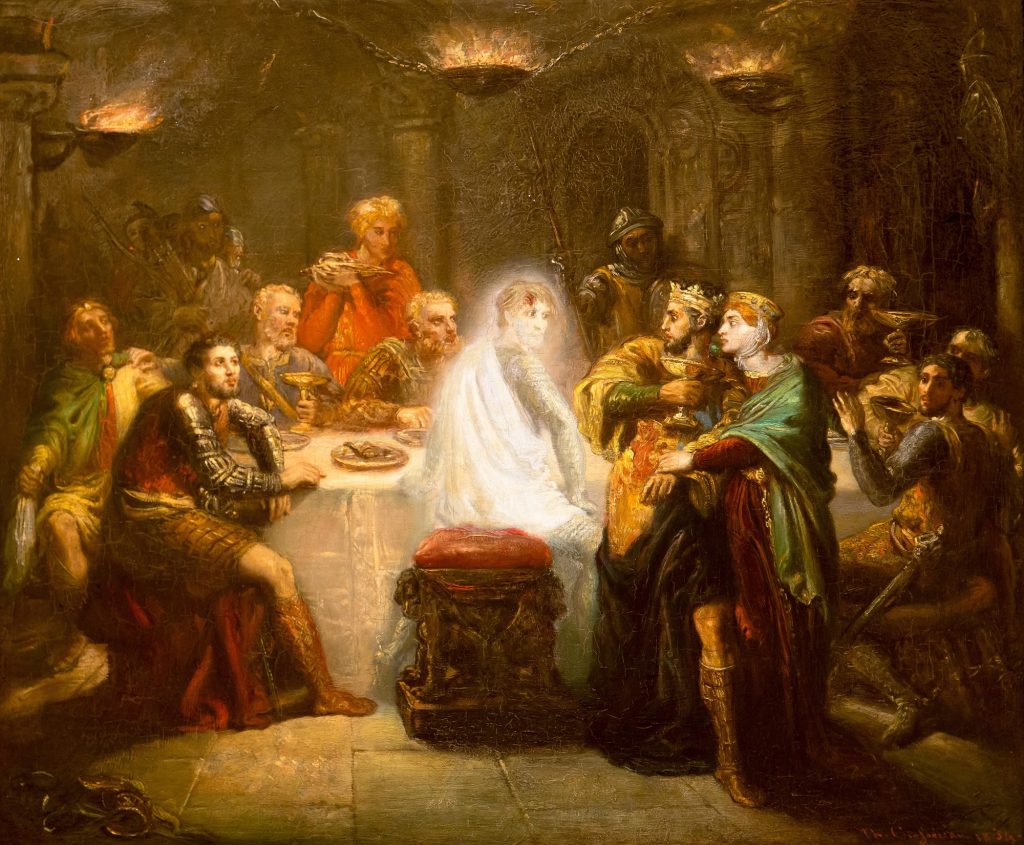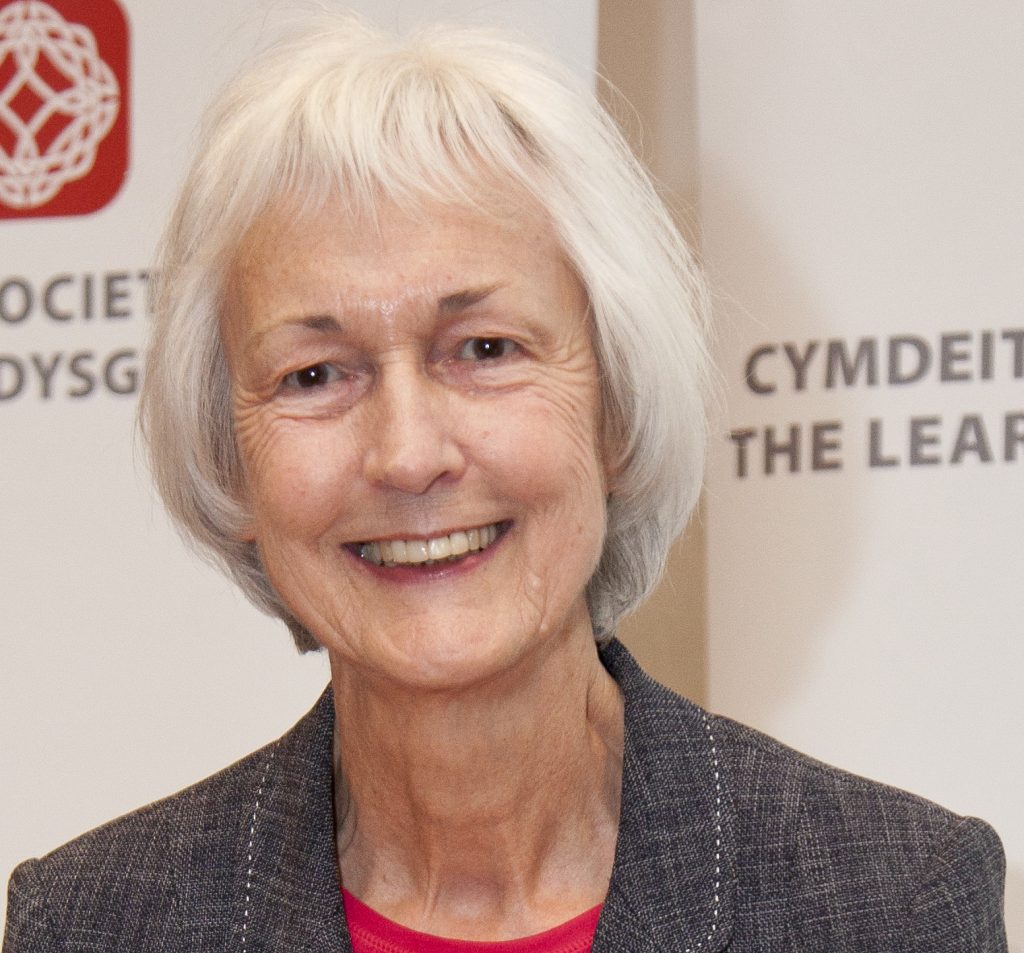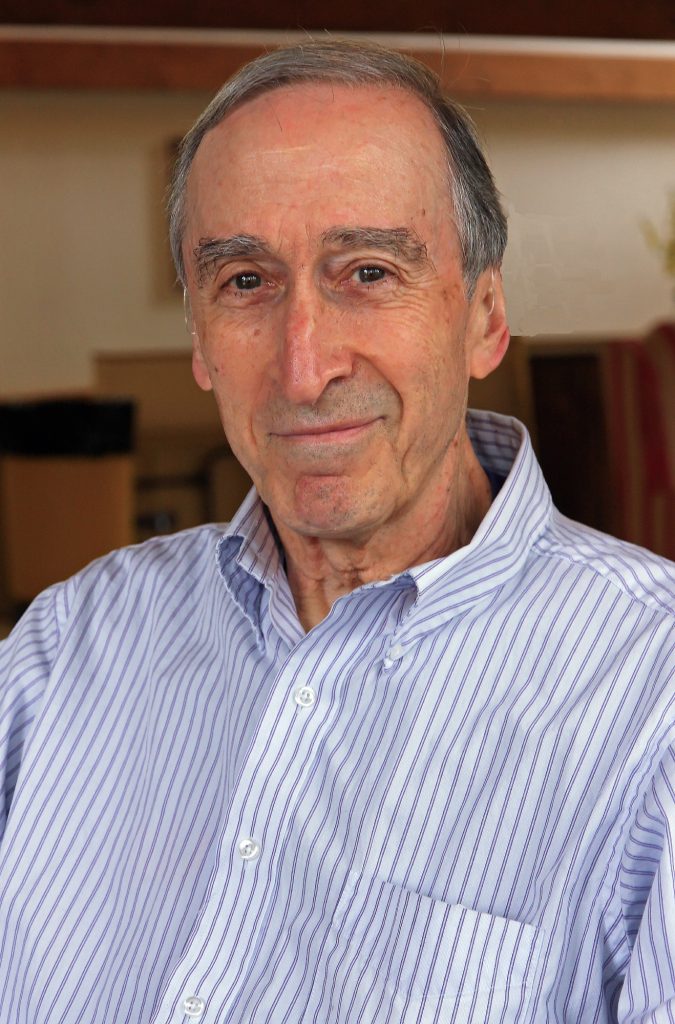
Catherine Belsey and Alan C. Dessen discuss the complexities of staging Banquo’s ghost in Macbeth.
CB: It’s easy to imagine Macbeth’s horror when he sees his dead victim take the king’s own place at the banquet. But no one else in the play can see Banquo’s ghost. In this painting of the event, an insubstantial apparition captures the ambiguity of the moment. Macbeth looks at Banquo but everyone else watches Macbeth. Is the ghost a revenant back from the dead or a hallucination in the guilty mind of his murderer?

Imagination – and paint – can work wonders. But putting an ambiguous ghost on the stage is a different matter. What would Shakespeare’s audience have seen – in broad daylight in the open-air Globe theatre?
In Tales of the Troubled Dead I took the view that Banquo walked on Shakespeare’s stage. Alan, you know more about early modern staging than anyone else on the planet. Do you think playgoers saw the dead Banquo?
AD: Clearly, the First Folio calls for an actor playing the Ghost. The only early version of Macbeth appeared in this anthology of Shakespeare’s plays, collected by two of his actor colleagues in 1623, seven years after his death. They would have known how the play was performed and the stage direction allows no room for doubt: ‘Enter the Ghost of Banquo, and sits in Macbeth’s place’.
CB: Since Macbeth at once forbids the figure to shake his gory locks, it follows that playgoers must have seen a wounded corpse. What happens in modern performances, where we’re more likely to think of the ghost as a figment of Macbeth’s imagination?
AD: By far the best rendition of this script I’ve seen was the Trevor Nunn-Judi Dench-Ian McKellen RSC version (1976-78) that had a Ghost not seen by the playgoer. Here psychological realism took precedence – or maybe the limitations of a show performed in only the second year of The Other Place, Stratford’s new theatre, with a low budget and hand-me-down props (for example, the apparitions were voodoo dolls, there was no table for the banquet).
Most distinctive was Chichester 2007. The banquet started with the ensemble donning coats and singing a Red Army song to heighten the Eastern European atmosphere and then proceeded as scripted with the witches as servants. At the key moment a bloodied Banquo entered upstage and, with a projection of blood spattered on the walls, walked over the table scattering the tableware, with Macbeth downstage falling out of his chair in shock – at which point a black-out signalled the interval.
At the re-start the actors resumed at the beginning of the scene and went through the same stage business and gestures, silently mouthing the words. But this time, though Macbeth’s reactions were identical, the table was not disrupted and no ghost was visible to the playgoer.
The ghost’s second appearance, now visible to us, interrupted a dance to polka music with much changing of partners. In the debate over the assets and liabilities of a supernatural ghost visible to the playgoer versus an interior-psychological ghost only seen by Macbeth, this director (Rupert Goold) managed to have it both ways, while also providing as provocative an image to set up an interval as I can remember.
CB: Nice one! It seems there’s new life in the old play yet.

Catherine Belsey is Professor Emeritus in English at Swansea University and Visiting Professor at the University of Derby. Author of Critical Practice (1980, 2002), she has also published books on the cultural history of love stories and the popular appeal of Shakespeare. Details at catherinebelsey.com

Alan C. Dessen is Peter G. Phialas Professor (Emeritus) at the University of North Carolina, Chapel Hill. His books include Elizabethan Stage Conventions and Modern Interpreters (1984); Recovering Shakespeare’s Theatrical Vocabulary (1995); Rescripting Shakespeare (2002); and, co-authored with Leslie Thomson, A Dictionary of Stage Directions in English Drama, 1580-1642 (1999).





